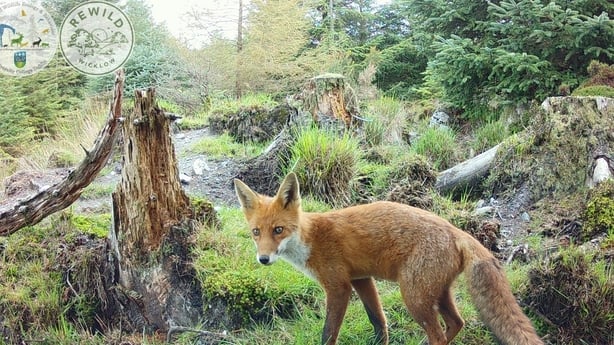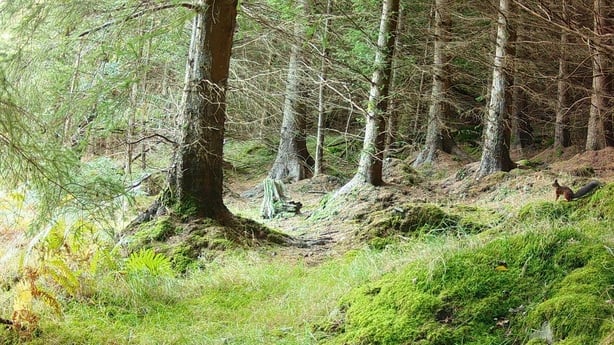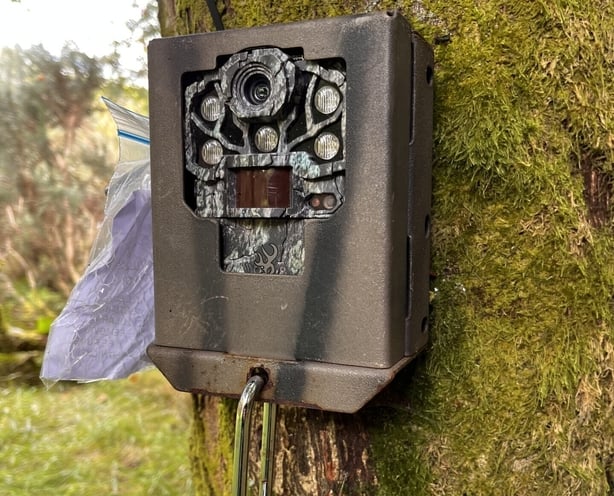A conservation group has called for the introduction of a deer management plan after it recorded the dominance of the non-native Sika species.
ReWild Wicklow has carried out the largest wildlife camera project in Ireland.
It set up a total of 47 remote cameras in an area comprised of private and public forest land, including sections of the Wicklow Mountains National Park, to record the behaviour and abundance of wildlife in the county.
The survey area measured 220sq/km and the cameras captured a total of 180,000 photos over a two-month period to November last year.
The findings show the dominance of the non-native Sika deer in the area.

Of the recorded 6,300 events of wild mammals, the Sika deer accounted for 72%.
Sika deer were recorded at all of the 47 camera sites.
The report said Sika deer were also the most dominant species by a large margin between 2021 and 2022, and that there is now an indication of a significant increase in their abundance.
That brings challenges for biodiversity, according to Danny Alvey, who is the chair of the project.
Mr Alvey said: "The problem with the Sika deer is that they munch on our native trees, especially young saplings.
We need your consent to load this rte-player contentWe use rte-player to manage extra content that can set cookies on your device and collect data about your activity. Please review their details and accept them to load the content.Manage Preferences
"They basically act like lawnmowers at night, going through all these small patches of native woodland and destroying everything in their sight.
"Without a natural predator or a deer management plan, their numbers seem to be growing year on year."
The next most common species detected was the red squirrel, which accounted for 11% of wild mammal events and the red fox which made up 10%.
The researchers also report an increase in the native pine marten.

"That's positive news," Mr Alvey said.
"They were only re-introduced to Wicklow in the early 2000s from their stronghold in the west," he said, adding that "it’s great for a number of reasons".
"It preys on the grey squirrel which is invasive and that only helps the numbers of red squirrels to rebound at the same time," he added.
Mr Alvey said that red squirrels "have a really good distribution in this area".

He said that previously people "would have seen a lot of grey squirrels in this area".
But, he said, "now because of the return of the pine marten, it would seem that … it’s giving the opportunity to the red squirrel".
The group said the aim of the project is to provide science-informed conservation and management of the area, to bring wildlife monitoring up to international standards and to investigate the numbers of Sika deer.

They also said the findings provide information on the abundance and behaviour of animals in the county.
The cameras used in the project are motion activated, designed to record wildlife and minimise disruption to the animals in their natural environment.
Despite the coverage of the camera traps, ReWild Wicklow said some mammals remain undetected, yet are still believed to be in the area.
These include the European rabbit, stoat, the Eurasian otter and American mink.







